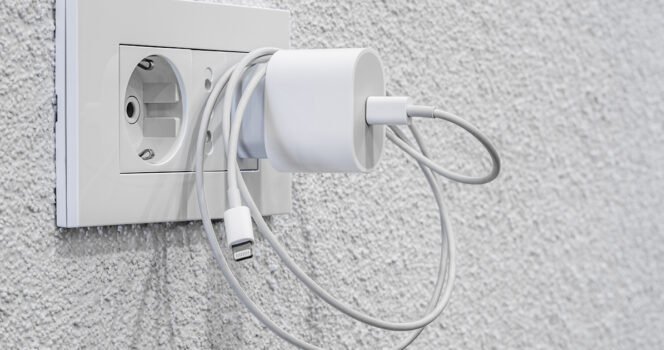Leaving a charger plugged into an outlet when not in use may seem harmless, but it poses several risks and drawbacks. First, chargers continue to draw a small amount of electricity—known as “phantom” or “vampire” energy—even when not actively charging a device. While the power usage is minimal per charger, it adds up over time, especially in homes with multiple devices, leading to higher electricity bills and unnecessary energy waste.
Second, low-quality or damaged chargers can overheat, increasing the risk of fire. Even reputable chargers can degrade over time if constantly exposed to electricity, shortening their lifespan and potentially causing malfunctions when you need them most. Overloaded circuits are also a concern when multiple devices are plugged into the same outlet or power strip.
Third, leaving chargers plugged in contributes to environmental harm by increasing carbon emissions associated with electricity production. Additionally, frequent plugging and unplugging can wear out both the charger and the outlet.
To mitigate these risks, it’s best to unplug chargers when not in use, use high-quality certified products, and avoid stacking multiple devices on a single power source. This simple habit can improve safety, save money, and support environmental sustainability.










